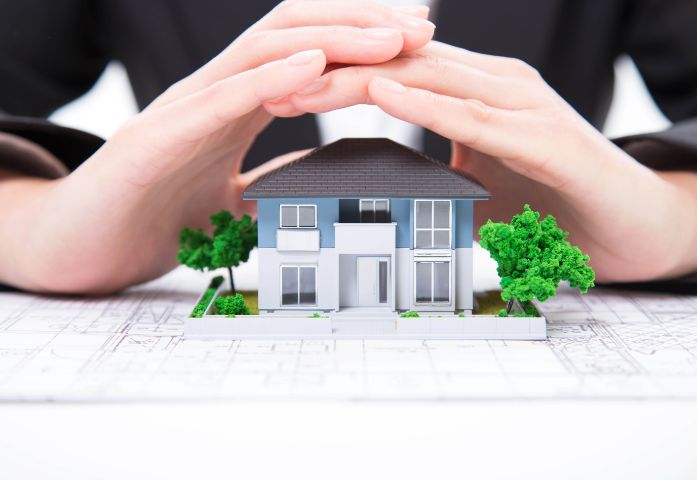Residing in a flood-prone zone has its difficulties, especially pertaining to managing a house. There is always the risk of water damage to property, but this is something that can be avoided in case one takes adequate measures in planning and maintenance.
In this article, we will provide crucial guidelines for managing your residential property in flood-prone regions to guarantee that your home is secure and stable. To learn more in detail, keep reading this guide till the end.
Elevate and Secure Important Systems
The first thing that one needs to prepare in cases of flood is to protect and safeguard some essential equipment in the house. This touches on electrical panels, heating systems, and appliances among other items.
By elevating these components above potential flood levels, you eliminate the chance of water damage to them and guarantee their proper functioning during and after a flood. Furthermore, sump pumps and backup generators are other important safety features that can be installed in the basements.
Utilize Flood-Resistant Materials
When you are considering doing some renovations on your house ensure that you use products that are resistant to water. These materials can resist water and are easier to wash and dry out after being flooded.
For instance, installing ceramic tile, vinyl flooring, and water-resistant drywall will reduce loss and accelerate restoration. Also, do not use wood when constructing the shelves, rather consider using the Plastic Shelving Systems since they cannot be damaged by water easily.
Regularly Inspect and Maintain Foundations
Your home foundation is the most sensitive area that is at risk of being affected by floods. Check your foundation often for signs of cracking or wear and apply the needed repairs immediately. Sometimes restumping needs to be done to be very sure that your home has a good foundation to stand on. This includes either ripping out and replacing or strengthening the vertical supports on your home – a foundation that can better manage the impact of floods.

Implement Effective Water Drainage Solutions
Water should not stagnate around the house, and therefore adequate drainage is paramount. Check and maintain the drainage systems of the property including the gutters, downspouts, and drainage ditches among others.
Think about a landscape change such as altering the slope of your garden to prevent water from accumulating near your house. It is also possible to use French drains or other types of drainage systems to collect excess water and prevent floods.
Prepare an Emergency Flood Plan
Everyone knows that planning for an emergency flood is crucial for the safety of your house and its residents. This plan should contain information on evacuation procedures, emergency contact details, and a checklist of must-have items.
Store paperwork and possessions in waterproof boxes and choose a place in your house to go in case of flooding. Continuously discuss and rehearse your disaster plan to make sure all members of the household understand what should be done when there is a flood.










